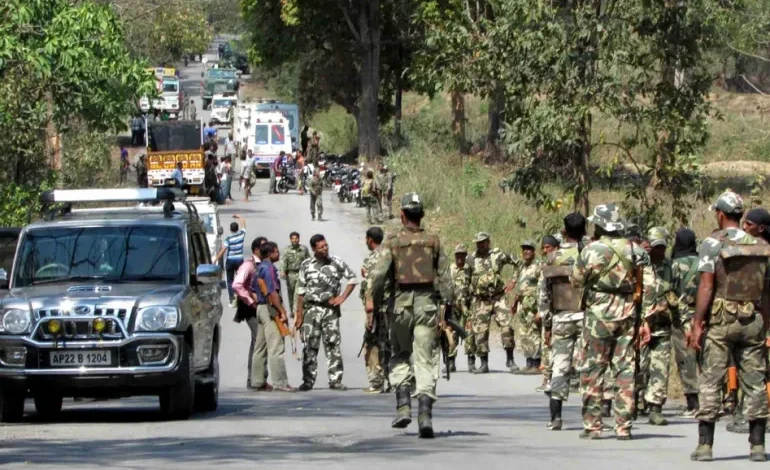Indian security forces have killed Nambala Keshav Rao, the most senior leader of the Maoist insurgency, in what the government is calling a decisive blow to the country’s decades-long battle against the far-left Naxalite rebellion, as per Al Jazeera.
Home Affairs Minister Amit Shah confirmed on Wednesday that Rao, also known by his alias Basavaraju, was among 27 Maoist fighters killed during a major security operation in central India’s Chhattisgarh state. He described Rao as the general secretary of the banned Communist Party of India (Maoist) and the “backbone” of the Maoist movement.
“This is the first time in three decades of Bharat’s [India’s] battle against Naxalism that a general-secretary-ranked leader has been neutralised,” Shah said, hailing the action as a “major breakthrough” and applauding the security forces.
The gun battle reportedly followed intelligence reports indicating the presence of top Maoist leaders in the forested region. One police commando was killed in the firefight, officials said. The operation was led primarily by the District Reserve Guard (DRG), a special police force operating in Maoist-affected areas.
Chhattisgarh Chief Minister Vishnu Deo Sai commended the operation and reiterated calls for Maoists to surrender, stating, “We have been appealing to them to lay down arms. There is no need to keep repeating it.”
In subsequent follow-up operations across Chhattisgarh, Telangana, and Maharashtra, Indian forces arrested 54 individuals and reported the surrender of 84 suspected Maoist insurgents.
Prime Minister Narendra Modi praised the security forces and reiterated the government’s commitment to ending Maoist violence.
“Proud of our forces for this remarkable success,” he posted on X (formerly Twitter). “Our government is committed to eliminating the menace of Maoism and ensuring peace and progress.”
However, the Communist Party of India (CPI) strongly criticised the operation. CPI General Secretary D. Raja condemned what he described as the “cold-blooded killing” of Rao and several Adivasi villagers, calling it an instance of extrajudicial violence.
“This is yet another instance of extrajudicial action carried out under the guise of counterinsurgency operations,” Raja said, demanding an independent judicial inquiry into the operation, codenamed “Operation Kagar.”
The Maoist insurgency, also known as the Naxalite movement, began in 1967 in the village of Naxalbari in West Bengal. What started as a peasant uprising against feudal landlords evolved into a broader armed rebellion seeking a Maoist revolution in India.
At its height in the mid-2000s, the insurgency claimed control over nearly a third of India’s territory and boasted up to 20,000 fighters. The conflict has left more than 12,000 people dead—including rebels, civilians, and security personnel.
According to government data, Indian forces have killed at least 400 rebels since the beginning of 2024. Just last week, officials reported the deaths of 31 Maoist fighters in what was described as the largest single-day operation against the insurgents.










The latest news in your social feeds
Subscribe to our social media platforms to stay tuned